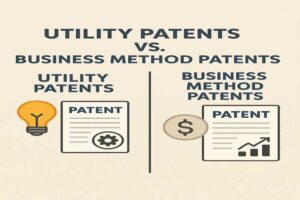Stabilizing the price of shares in an initial public offering (IPO) is the process of supporting the share price in the secondary market during the first few days or weeks after the IPO has been launched. The objective of stabilization is to reduce the volatility of the share price and prevent it from falling below the offer price. Stabilization can be carried out by the underwriters in the syndicate who are responsible for managing the IPO process.
The rules and restrictions on stabilization activities are set out in the regulations of the relevant stock exchange or securities regulator. In general, the rules require that the stabilizing activities are disclosed to the market and are conducted in a transparent and fair manner. The key rules and restrictions on stabilization activities typically include:
Disclosure requirements: The underwriters must disclose to the market that they are engaging in stabilization activities and the extent of those activities.
Timing restrictions: Stabilization activities can only be carried out during a limited period after the IPO has been launched, typically not more than 30 days.
Price restrictions: The underwriters can only support the share price up to the offer price or a lower level that has been disclosed to the market.
Volume restrictions: The underwriters cannot purchase more than a specified percentage of the total number of shares offered in the IPO.
Reporting requirements: The underwriters must provide regular reports on their stabilization activities to the relevant stock exchange or securities regulator.
The process of stabilizing the price of shares in an IPO typically involves the underwriters purchasing shares in the secondary market when the price falls below the offer price. This creates additional demand for the shares and can help to support the price. The underwriters may also provide support by placing bids for the shares at the offer price or by providing other forms of market support.
It’s important to note that stabilization activities are not intended to artificially inflate the share price or to manipulate the market. Instead, they are designed to support the market and ensure a stable and orderly market for the shares.







